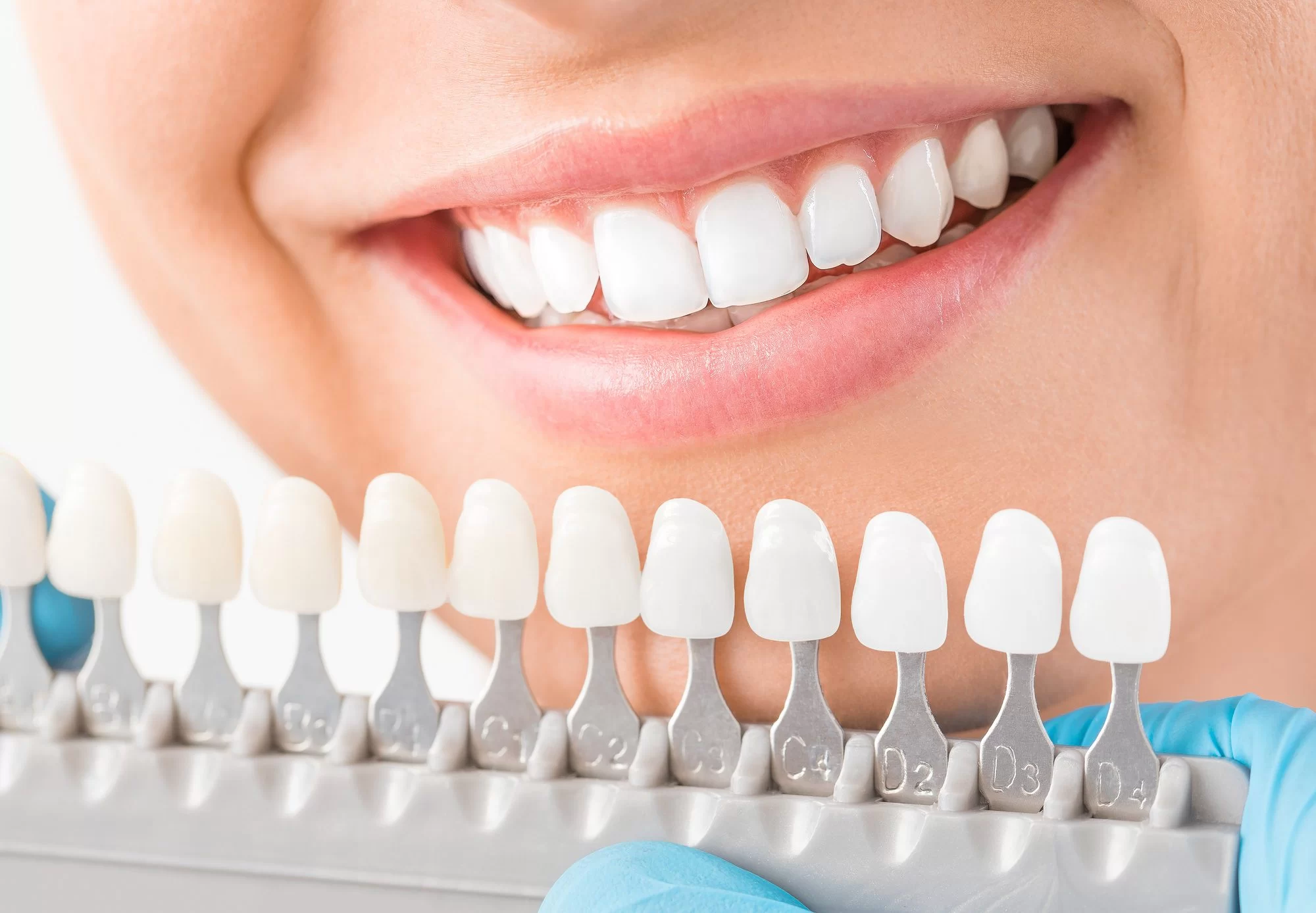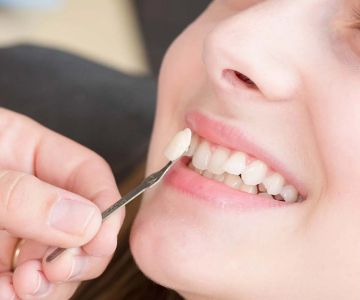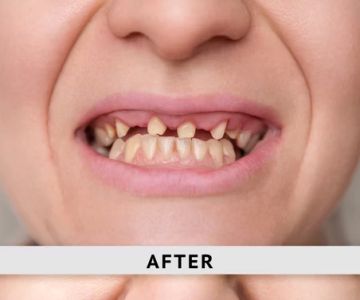
What Are Dental Crowns Used For? Exploring Their Purpose and Benefits
- 1. Introduction to Dental Crowns
- 2. What is a Dental Crown?
- 3. Why Are Dental Crowns Used?
- 4. Types of Dental Crowns
- 5. How Dental Crowns Work
- 6. When Should You Get a Dental Crown?
- 7. The Dental Crown Procedure
- 8. Maintenance and Care for Dental Crowns
- 9. Common Myths About Dental Crowns
- 10. Personal Stories and Case Studies
- 11. Dentistry Toothtruth Recommendations
1. Introduction to Dental Crowns
Dental crowns are a key component of restorative dentistry, designed to cover damaged or decayed teeth. They are often used to improve the appearance and strength of teeth, ensuring a healthy and functional smile. In this article, we’ll explore what dental crowns are used for, their purpose, and how they benefit oral health.
2. What is a Dental Crown?
A dental crown is a tooth-shaped cap that is placed over a tooth to restore its shape, size, strength, and appearance. Crowns can be made from a variety of materials, including porcelain, metal, or a combination of both, depending on the patient’s needs and preferences.
3. Why Are Dental Crowns Used?
Dental crowns serve several important purposes in dentistry:
- Restoring Damaged Teeth: Crowns are often used to cover teeth that are cracked, weakened, or excessively worn down. This helps prevent further damage and restores functionality.
- Cosmetic Improvement: Crowns are commonly used to improve the appearance of misshapen, discolored, or severely decayed teeth.
- Supporting Weak Teeth: Teeth that have undergone a root canal treatment often need a crown to provide additional support and strength.
- Covering Dental Implants: Crowns are used to cover dental implants, providing a natural-looking restoration for missing teeth.
4. Types of Dental Crowns
There are several types of dental crowns, each suited to different dental needs:
- Porcelain Crowns: These are ideal for front teeth because they match the natural color of your teeth.
- Metal Crowns: Made from durable materials like gold or stainless steel, metal crowns are often used for back teeth due to their strength and longevity.
- Porcelain-Fused-to-Metal Crowns: These combine the durability of metal with the natural appearance of porcelain, making them a popular choice for both front and back teeth.
- Zirconia Crowns: A modern alternative, zirconia crowns are strong, durable, and provide a natural aesthetic.
5. How Dental Crowns Work
The primary function of a dental crown is to encase a damaged tooth and restore its normal shape, function, and appearance. Once placed, a dental crown helps distribute the pressure from chewing, ensuring the tooth can withstand daily wear and tear. By providing additional support, crowns also prevent further damage to weak or decayed teeth.
6. When Should You Get a Dental Crown?
There are several scenarios where a dental crown might be necessary:
- After a Root Canal: If you've had a root canal, a crown is often needed to protect the tooth and restore its strength.
- For a Broken or Cracked Tooth: A tooth that is significantly damaged or cracked may require a crown to prevent further damage and improve its functionality.
- For Severely Worn Teeth: Teeth that have been worn down due to grinding or other factors may need a crown to restore their shape and function.
- To Improve Appearance: If a tooth is severely discolored or misshapen, a crown can be used for cosmetic enhancement.
7. The Dental Crown Procedure
Getting a dental crown involves a few key steps:
- Consultation: Your dentist will examine the tooth to determine if a crown is the best solution. X-rays may be taken to assess the tooth’s health.
- Preparation: The tooth will be shaped to ensure the crown fits properly. This might involve removing some of the tooth’s surface.
- Impressions: Once the tooth is prepared, your dentist will take an impression of your tooth to create a custom crown.
- Temporary Crown: A temporary crown may be placed until the permanent one is ready.
- Final Placement: After the permanent crown is made, it will be placed on your tooth and adjusted for fit and comfort.
8. Maintenance and Care for Dental Crowns
Caring for your dental crown is essential to ensure its longevity and maintain oral health. Regular brushing, flossing, and avoiding hard foods that may damage the crown will help keep it in good condition. Additionally, routine dental checkups are important to monitor the condition of the crown and the surrounding teeth.
9. Common Myths About Dental Crowns
There are several misconceptions about dental crowns that can cause confusion. Here are a few to clear up:
- Myth 1: Crowns are only for cosmetic purposes. Fact: While crowns can improve appearance, they are also functional, restoring strength to damaged teeth.
- Myth 2: Crowns are uncomfortable. Fact: Once placed and adjusted, crowns should feel natural and comfortable.
- Myth 3: Crowns are permanent and don't need care. Fact: Crowns can last many years, but they do require proper care to avoid damage.
10. Personal Stories and Case Studies
Consider Sarah, a 45-year-old woman who had a large cavity that couldn't be filled. She opted for a dental crown to restore her tooth's strength and appearance. Within a few weeks of getting her crown, she was able to chew comfortably again and no longer felt self-conscious about her smile. Personal stories like Sarah’s show how dental crowns can improve both function and aesthetics, helping people regain their confidence.
11. Dentistry Toothtruth Recommendations
If you’re considering a dental crown or need more information about the procedure, be sure to consult with a trusted dentist. Dentistry Toothtruth provides expert guidance and offers a variety of dental care services. Visit Dentistry Toothtruth for more details.







 Westgate Dental Arts
Westgate Dental Arts Coventry Family Dental
Coventry Family Dental Familia Dental
Familia Dental Dr. Daniel S. Fife, DDS
Dr. Daniel S. Fife, DDS Dentistry At Suburban Square: Michael I. Wollock, DMD
Dentistry At Suburban Square: Michael I. Wollock, DMD Comfort Care Dental
Comfort Care Dental The Importance of Oral Health Education During Pregnancy for a Healthy Pregnancy
The Importance of Oral Health Education During Pregnancy for a Healthy Pregnancy Why Skipping Dental Checkups Can Lead to Bigger Oral Health Problems
Why Skipping Dental Checkups Can Lead to Bigger Oral Health Problems Advantages of Porcelain Dental Restorations
Advantages of Porcelain Dental Restorations Best Tips for Brushing Your Teeth Properly for Healthy Gums: Essential Techniques for Oral Health
Best Tips for Brushing Your Teeth Properly for Healthy Gums: Essential Techniques for Oral Health How Can Diabetes Cause Tooth and Gum Problems? Preventing and Managing Oral Health Issues
How Can Diabetes Cause Tooth and Gum Problems? Preventing and Managing Oral Health Issues Healthy Habits for Promoting Good Oral Health and Hygiene: Tips for a Healthy Smile
Healthy Habits for Promoting Good Oral Health and Hygiene: Tips for a Healthy Smile